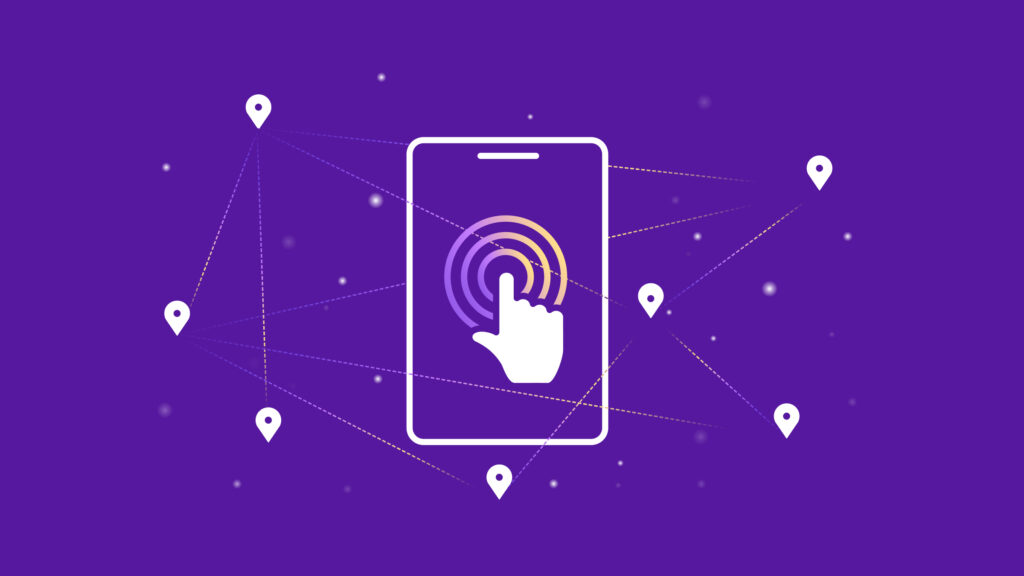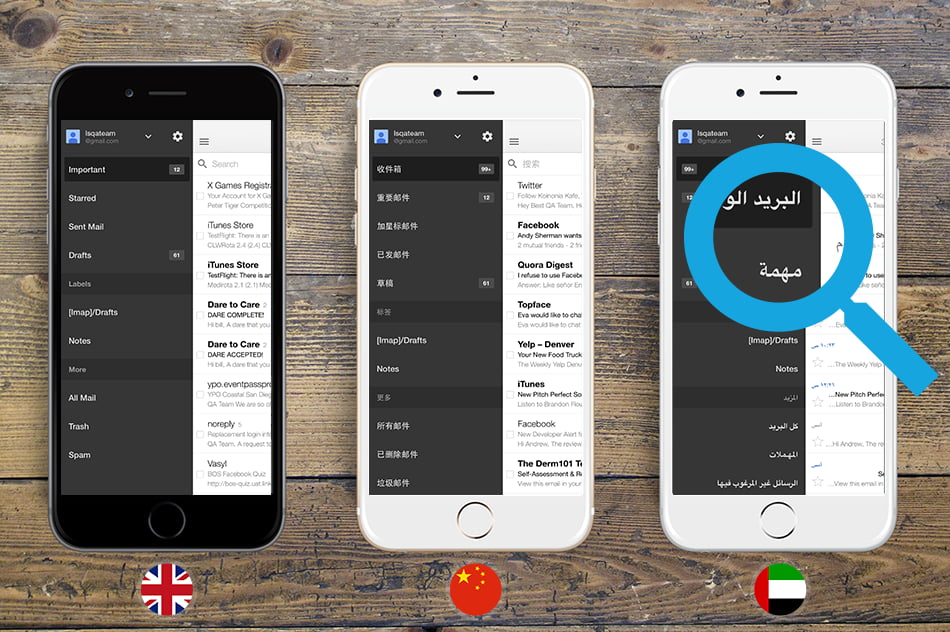In today’s interconnected world, reaching a global audience is a goal for many app developers. One crucial aspect of achieving this is app localization. By adapting your iOS app to cater to the specific language, cultural preferences, and regional nuances of different markets, you can effectively engage and connect with users around the world. In this guide, we will explore the importance of iOS app localization, the key steps involved, and best practices to ensure a successful localization process for your app.
Understanding the Importance of iOS App Localization
- Improved User Experience: Localizing your iOS app enhances the user experience by providing content and features tailored to the target audience. Users feel more comfortable and engaged when they can navigate the app in their native language and understand the context-specific content.
- Expanded Market Reach: App localization enables you to tap into new markets and reach a wider audience. By localizing your app, you increase its discoverability in regional app stores, attract more users, and potentially generate higher downloads and revenue.
- Cultural Sensitivity: Localization involves adapting your app to respect cultural norms, values, and customs. By incorporating culturally appropriate imagery, symbols, and content, you can build trust with users and demonstrate your commitment to their unique needs.
- Competitive Advantage: In a competitive app marketplace, localization sets your app apart from competitors. By providing localized versions, you position your app as user-friendly, inclusive, and attentive to diverse global audiences, giving you a competitive edge.
Key Steps in iOS App Localization
-

Source: smartling.com
Market Research: Conduct thorough market research to identify target markets for your app. Consider factors such as language preferences, cultural differences, and app usage patterns in each market. This research helps you prioritize localization efforts and tailor your app to specific regions.
- Localization Planning: Create a comprehensive localization plan that outlines the scope, timeline, and resources required for the localization process. Consider factors such as translation, cultural adaptation, content resizing, and app store optimization for different markets.
- String Extraction and Translation: Extract all text strings from your app and prepare them for translation. Work with professional translators who are fluent in the target language and have expertise in app localization. Maintain clear communication with translators to ensure accurate and contextually relevant translations.
- Cultural Adaptation: Adapt your app’s design, imagery, colors, and content to align with the cultural preferences of the target audience. Consider aspects such as date and time formats, currency symbols, measurement units, and localized images or icons. This step ensures a seamless user experience and avoids potential cultural misunderstandings.
- Testing and Quality Assurance: Thoroughly test the localized version of your app to ensure functionality, usability, and linguistic accuracy. Conduct rigorous quality assurance checks, including localization-specific testing, to identify and resolve any issues before releasing the localized app to the target market.
- App Store Optimization: Optimize your app’s metadata, keywords, and descriptions for each target market. Research local search trends, incorporate relevant keywords, and write compelling app descriptions in the local language to maximize discoverability and conversion rates.
Best Practices for iOS App Localization

Source: lvivity.com
- Collaborate with Localization Experts: Work with professional localization agencies or experts who specialize in app localization. They possess the necessary language skills, cultural knowledge, and technical expertise to ensure accurate and effective localization.
- Maintain Consistent UI and UX: While adapting your app’s content for different markets, maintain a consistent user interface (UI) and user experience (UX). Strive for a seamless transition between different language versions while accounting for text expansion or contraction in the localized content.
- Incorporate Localization from the Start: Integrate localization considerations into your app development process from the early stages. Design your app with localization in mind, leaving room for text expansion, using localization-friendly formats, and implementing localization-friendly code structures.
- Engage Local Beta Testers: Recruit beta testers from the target market to provide feedback on the localized version of your app. Local testers can identify linguistic and cultural issues, ensuring a smoother user experience for the target audience.
- Continuously Update and Improve: Localization is an ongoing process. Monitor user feedback, ratings, and reviews from different markets, and proactively address any localization-related issues or user concerns. Regularly update and improve the localized versions of your app to ensure relevance and user satisfaction.
Expanding Localization Efforts: A Holistic Approach to iOS App Localization

Source: transifex.com
In today’s interconnected world, a holistic approach to iOS app localization can greatly enhance your app’s global success and user engagement. By considering additional factors and strategies beyond the basic localization process, you can maximize the impact and effectiveness of your localized app versions. Let’s explore some key considerations for expanding your localization efforts:
- Cultural Adaptation: Localization goes beyond mere translation. It involves adapting your app’s content, visuals, and user experience to align with the cultural nuances of your target audience. This includes considering cultural norms, symbols, colors, and imagery that resonate with the local users. Collaborate with cultural experts or native speakers to ensure your app is culturally sensitive and resonates with the target audience on a deeper level.
- Localized Customer Support: Providing localized customer support is crucial for building trust and addressing user inquiries effectively. Consider offering customer support in the languages of your target markets. This can include localized FAQs, chatbots, or even dedicated support teams fluent in the local language. Prompt and effective customer support in the users’ native language fosters a positive user experience and can boost user satisfaction and retention.
- App Store Optimization (ASO): Optimizing your app’s metadata, keywords, and descriptions for each target market is essential for improving discoverability and conversion rates. Research local search trends, incorporate relevant keywords, and craft compelling app descriptions that resonate with the local audience. Pay attention to local app store guidelines and cultural preferences when creating app store assets such as screenshots, app previews, and localized app icons.
- User Feedback and Iterative Improvements: Encourage user feedback from your localized app users and leverage their insights to make iterative improvements. Monitor user reviews, ratings, and comments from different markets, and proactively address any localization-related issues or concerns. Continuous improvement based on user feedback ensures that your localized app stays relevant, user-friendly, and tailored to the needs of your target audience.
- In-App Localization Tools: Utilize in-app localization tools and frameworks that simplify the process of managing and updating localized content within your app. These tools enable efficient management of localized strings, reduce development time, and facilitate streamlined updates for new language versions or content changes. Such tools can enhance your localization workflow and enable agile app localization.
- User Testing and Localization QA: Conduct user testing with representatives from your target audience to evaluate the usability and effectiveness of your localized app. User testing helps identify any language-related issues, user experience gaps, or cultural discrepancies. In addition to linguistic accuracy, consider factors such as localized layout, text expansion or contraction, and visual consistency across different language versions.
By embracing these additional considerations and strategies, you can ensure a more comprehensive and impactful iOS app localization process. The goal is to create localized app versions that not only speak the language of your target audience but also resonate with their cultural context, deliver exceptional user experiences, and foster long-term user engagement.
Unleash the Full Potential of iOS App Localization
Expanding your localization efforts beyond basic translation is key to unlocking the full potential of your iOS app in global markets. By incorporating cultural adaptation, localized customer support, app store optimization, user feedback, in-app localization tools, and rigorous testing, you can create localized app versions that resonate deeply with users worldwide. With a holistic approach to iOS app localization, you can establish a strong presence in international markets, delight users with personalized experiences, and drive sustainable growth and success for your app.



